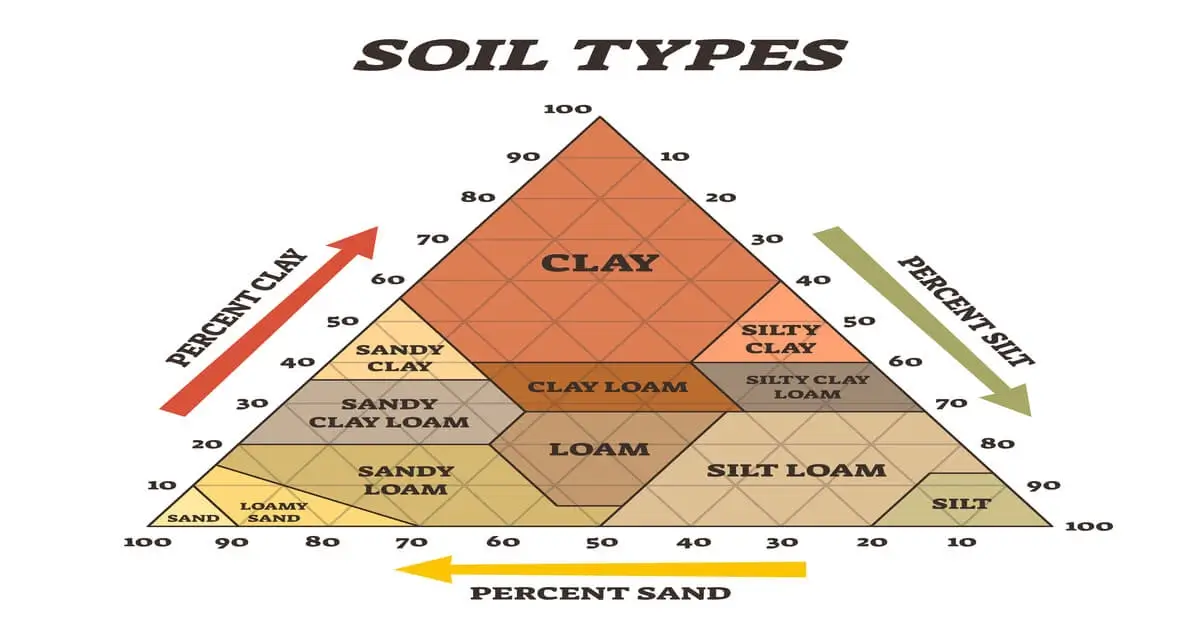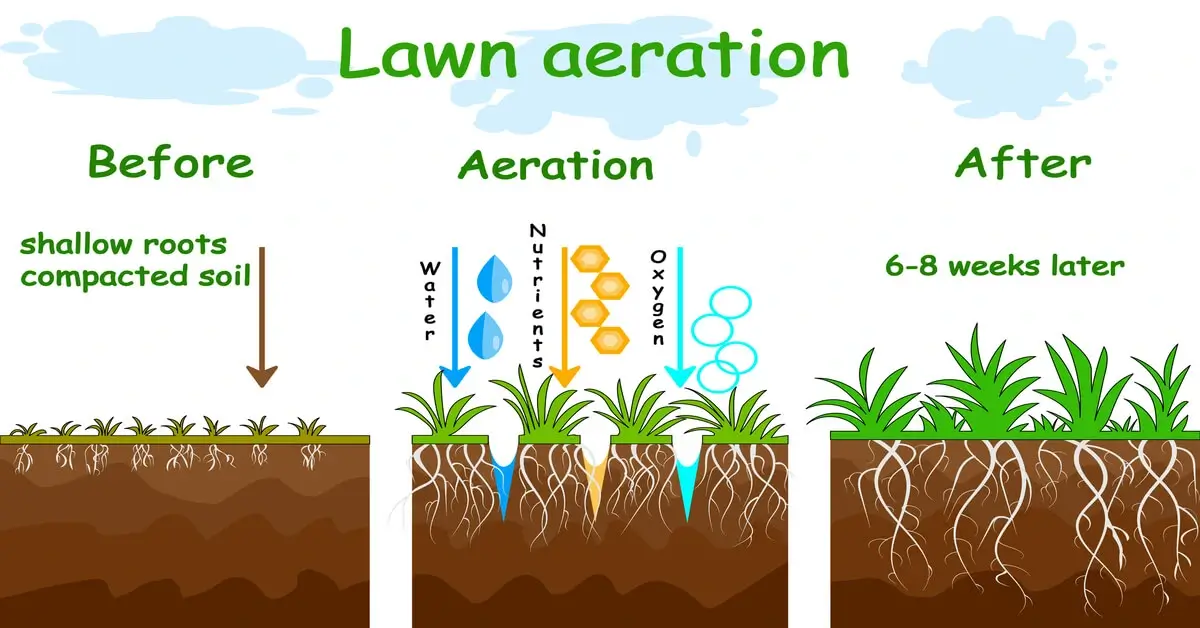When we discuss soil health, paying attention to soil compaction is necessary. Compaction occurs when soil particles are pressed together, reducing the space between them. This can stunt plant growth, inhibit root penetration, and disrupt vital soil organisms.
Significance of Soil Compaction
The health of your soil directly affects plant growth. Compacted soil restricts air and water movement, leading to reduced nutrient availability. Furthermore, significant soil compaction can result in high surface runoff and erosion.
Factors Influencing Compaction
The soil’s moisture conditions play a pivotal role. Soil is most susceptible to compaction when it’s near field capacity. Both dry soil and wet soil have their unique susceptibilities. Axle load from farm equipment is another major contributor, with higher axle loads causing deeper compaction.
Ways to Reduce Soil Compaction
Mind the Moisture: Avoid working the soil when it’s too wet. This is when soil is most vulnerable. Damp soil compacts easily, and tillage under such conditions can cause lasting damage to soil structure.
Lighten the Load: Reduce the axle load on the soil surface. Less pressure on the soil means less compaction. By adjusting the load on the soil, we can minimize the impact.
Embrace Conservation Tillage: Practices like no-till and conservation tillage systems reduce the need for frequent soil disturbances, thus conserving its structure.
Maintain Organic Matter: The presence of organic matter in the soil aids in developing good soil structure. It increases soil’s resistance to compaction and improves its ability to recover. Incorporate crop residues and compost to bolster organic content.
Limit Traffic: Limiting field traffic, especially under wet conditions, can significantly reduce soil compaction. Also, consider wider tires or tracks to distribute the load more evenly.
The Role of Soil Texture and Type

Different soil types, from sandy to loamy, react differently to compaction. Understanding your specific soil type can guide your prevention efforts. For instance, sandy soils drain quickly and are less prone to compaction than clayey soils.
Implementing Beneficial Farming Practices
The ways we work the soil can either exacerbate or alleviate compaction. Conservation tillage, a practice that reduces the frequency and intensity of tillage, can prevent and reduce compaction. By keeping disturbance minimal, we foster soil health.
Understanding Soil Depth and Effects of Compaction
Compaction isn’t just a surface issue. It can affect several inches of the soil. Deep compaction, caused by heavy equipment, is more challenging to remedy than surface compaction.
Aeration as a Remedy

For severely compacted soils, aeration can be an effective treatment. By penetrating the soil and creating small channels, aeration facilitates the movement of air, water, and nutrients. This can alleviate the adverse effects of compaction on plant growth.
Why Monitoring is Crucial
State university extension programs, such as those from Iowa State University and the University of Minnesota, offer resources for farmers and gardeners to assess soil compaction and determine its depth. Regular monitoring ensures that compaction doesn’t degrade soil health over time.
Conclusion
Soil compaction significantly threatens soil health, structure, and its ability to support plant growth. However, by understanding its causes and implementing targeted strategies, we can protect and promote the health of our soil. As stewards of the land, it’s our responsibility to ensure that the soil remains a thriving, vibrant ecosystem.

